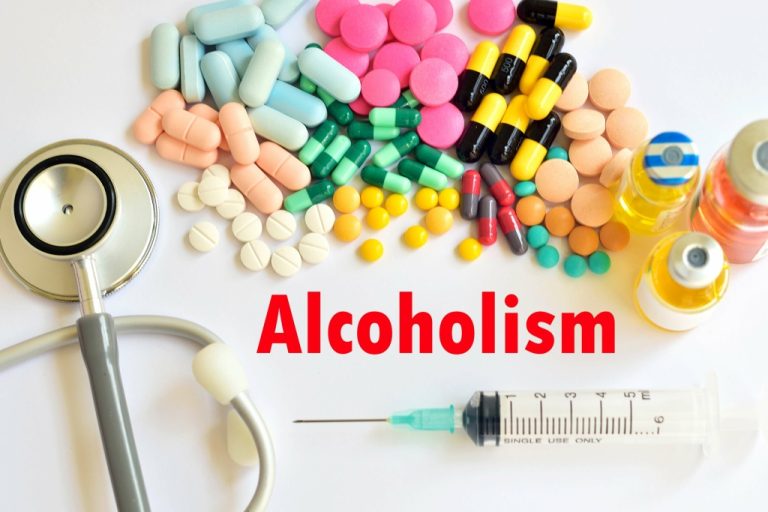These groups tend to include individuals who use a range of substances and who endorse a range of goals, including reducing substance use and/or substance-related harms, controlled/moderate use, and abstinence (Little, 2006). Additionally, some groups target individuals with co-occurring psychiatric disorders (Little, Hodari, Lavender, & Berg, 2008). Important abstinence violation effect features common to these groups include low program barriers (e.g., drop-in groups, few rules) and inclusiveness of clients with difficult presentations (Little & Franskoviak, 2010). Harm reduction may also be well-suited for people with high-risk drug use and severe, treatment-resistant SUDs (Finney & Moos, 2006; Ivsins, Pauly, Brown, & Evans, 2019).
- Nevertheless, these studies were useful in identifying limitations and qualifications of the RP taxonomy and generated valuable suggestions [121].
- Cravings can intensify in settings where the substance is available and use is possible.
- We feel an urge or encounter a trigger, and suddenly we decide that our attempts at recovery have failed.
Indeed, about 95% of people with SUD say they do not need SUD treatment (SAMHSA, 2019a). Even among those who do perceive a need for treatment, less than half (40%) make any effort to get it (SAMHSA, 2019a). Although reducing practical barriers to treatment is essential, evidence suggests that these barriers do not fully account for low rates of treatment utilization.
11.4.2 Cognitive Behavioral Models
It’s fine to acknowledge them, but not to dwell on them, because they could hinder the most important action to take immediately—seeking help. Taking quick action can ensure that relapse is a part of recovery, not a detour from it. Contrasting this, the aforementioned negative mindsets can lead to a cycle of blame and shame. Instead of looking at the slip as an opportunity to grow and learn, a person lets it color the way they think about themselves. An individual who believes they’ve failed and violated their sobriety goals may begin to think that they’re not good enough to be considered a true abstainer.

He calls this “urge surfing.” Instead of denying our addictive nature or hating ourselves for it, we learn to keep living in spite of it. We remember that our urges do not control us, that we have power over our own decisions. This is easier when utilizing a technique which Marlatt refers to as SOBER—Stop, Observe (our thoughts and emotions), Breathe, Expand (our awareness and our comprehension of potential consequences if we use), and Respond mindfully (make the right choice not to use). When abstinence violation effect kicks in, the first thing we often do is criticize ourselves. This is a problem faced by many addicts and alcoholics, and it actually applies to more than just AVE.
Definitions of relapse and relapse prevention
Several studies have suggested that patients with bulimia nervosa may have a lower rate of energy utilization (measured as resting metabolic rate) than healthy individuals. Thus, a biological predisposition toward greater than average weight gain could lead to preoccupation with body weight and food intake in bulimia nervosa. The RP model developed by Marlatt [7, 16] provides both a conceptual framework for understanding relapse and a set of treatment strategies designed to limit relapse likelihood and severity. Because detailed accounts of the model’s historical background and theoretical underpinnings have been published elsewhere (e.g., [16, 22, 23]), we limit the current discussion to a concise review of the model’s history, core concepts and clinical applications. It was written based on peer-reviewed medical research, reviewed by medical and/or clinical experts, and provides objective information on the disease and treatment of addiction (substance use disorders).

Previous reviews have described nonabstinence pharmacological approaches (e.g., Connery, 2015; Palpacuer et al., 2018), which are outside the scope of the current review. We first describe treatment models with an explicit harm reduction or nonabstinence focus. While there are multiple such intervention approaches for treating AUD with strong empirical support, we highlight a dearth of research testing models of harm reduction treatment for DUD.
National Suicide Prevention Line
Recovery from addiction requires significant changes in lifestyle and behavior, ranging from changing friend circles to developing new coping mechanisms. By definition, those who want to leave drug addiction behind must navigate new and unfamiliar paths and, often, burnish work https://ecosoberhouse.com/ and other life skills. Recovery also requires discovery or rediscovery and development of interests that have the power to drive pursuit and deliver rewards, not only spurring the addicted brain to rewire itself but giving life real meaning—the ultimate goal of every person.
Alcohol consumption and risks of more than 200 diseases in … – Nature.com
Alcohol consumption and risks of more than 200 diseases in ….
Posted: Thu, 08 Jun 2023 07:00:00 GMT [source]
